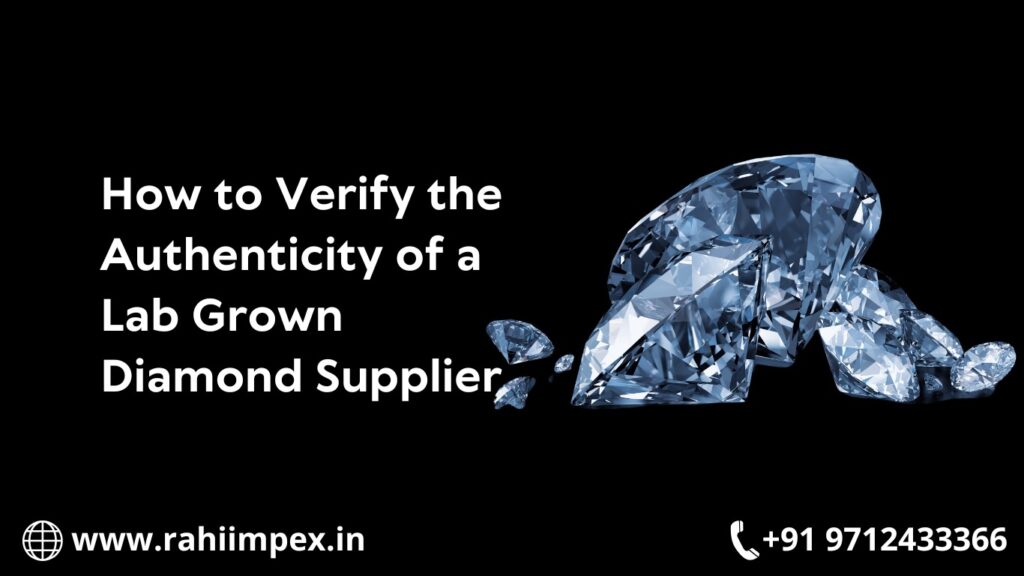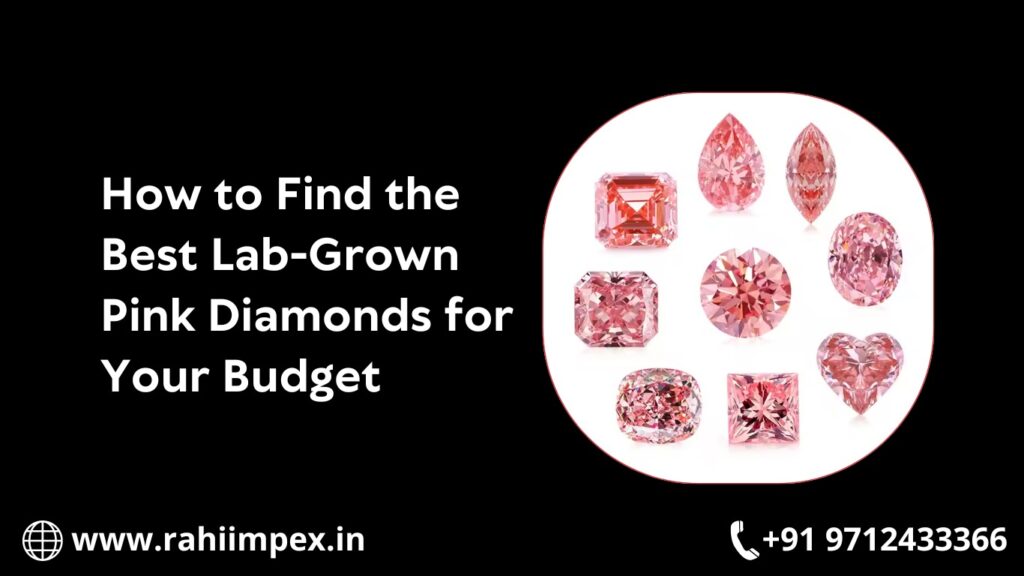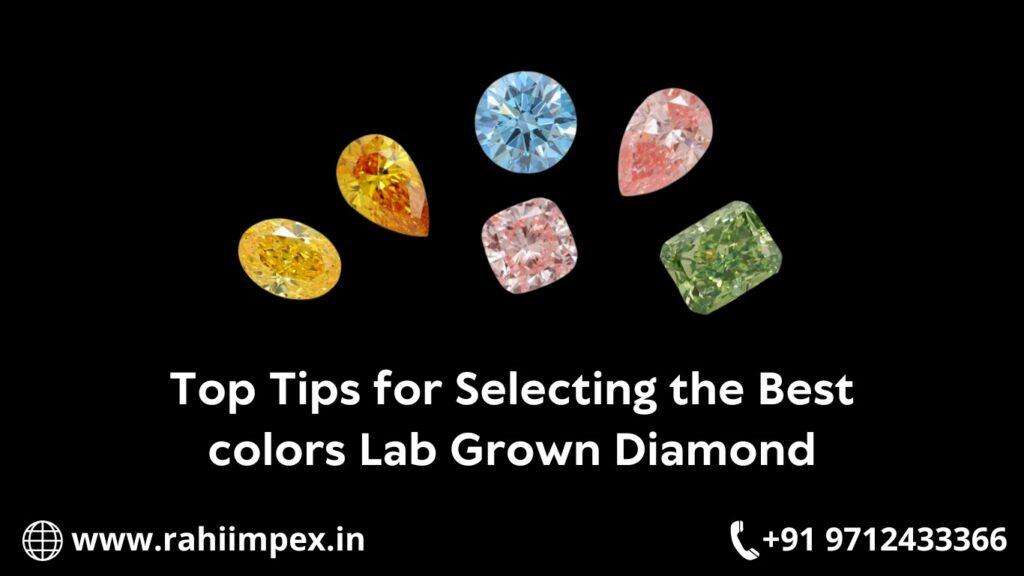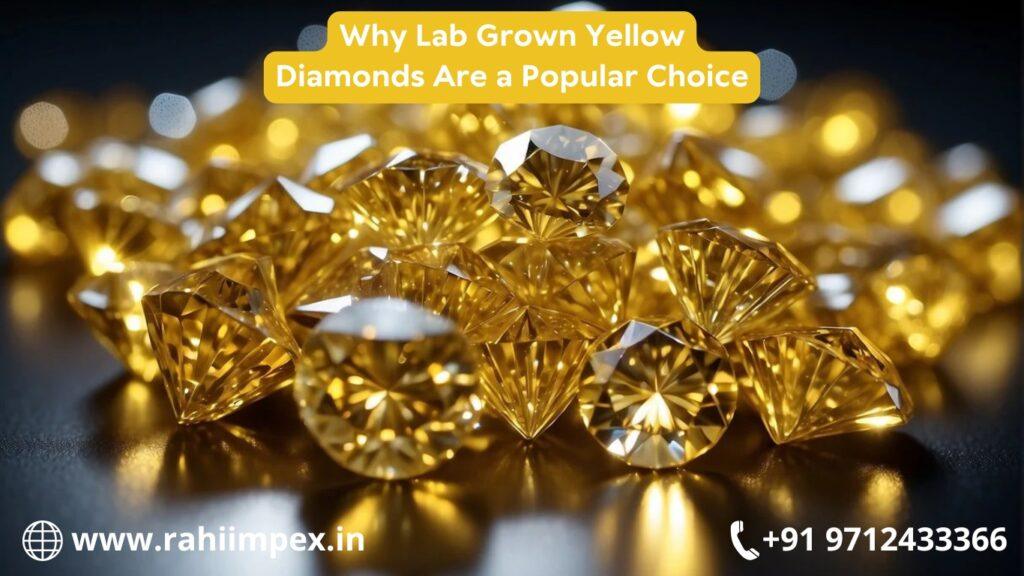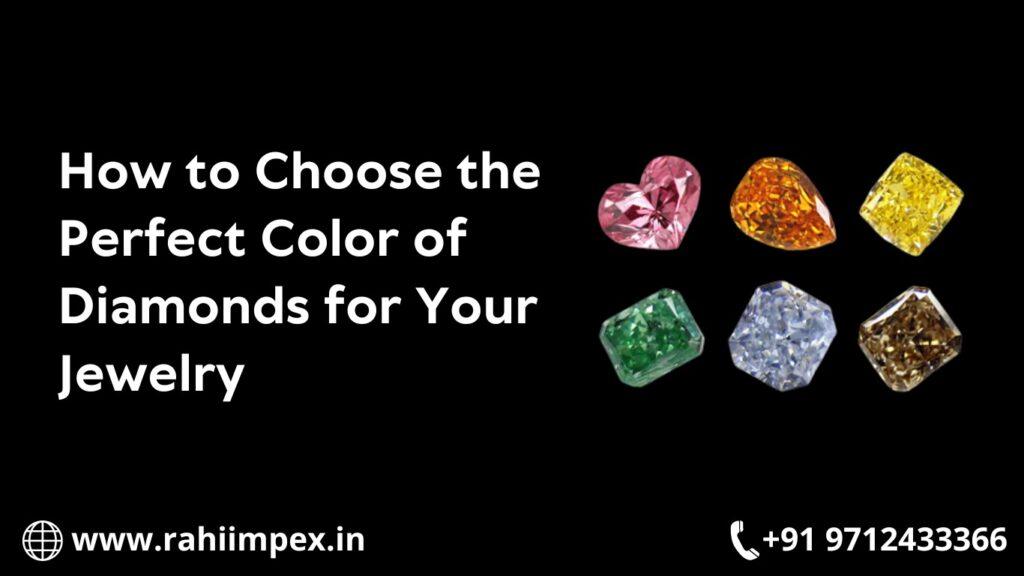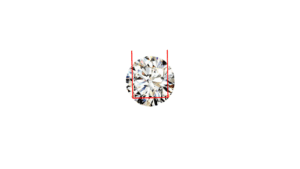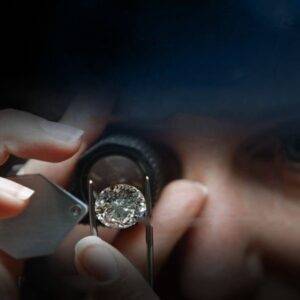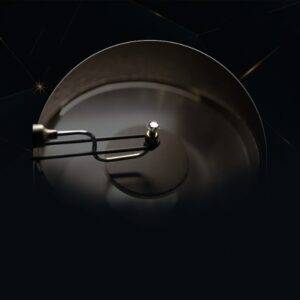How to Verify the Authenticity of a Lab Grown Diamond Supplier
The combination of technology and science creates appropriate conditions in labs to produce many artificial things. Lab grown diamond or synthetic diamond is one of them. Diamonds are one of the most precious and expensive gems. This is why we all get afraid while buying diamond jewelry from even a well-established lab grown diamond company. What if the showroom executive is selling a duplicate one? What if we get cheated? To avoid all this confusion you must get an overall idea on how you can check the authentication of lab grown diamonds.
You need to keep a few points in your mind while verifying lab grown diamond manufacturers. Thus, you will be able to buy authentic diamonds with ease. People should check out most of these below-mentioned points to stay on the safe side at the time of buying lab grown diamonds.
Check all the required certificates
Lab grown diamond has exactly similar characteristic to natural diamond. In this scenario, you must look for IGI certificate when dealing with the supplier. This specific certificate will define the origin of the diamond and an accurate analysis of its properties. Apart from this, SGL certificate is another crucial one which shows that how similar your lab-grown diamond is to a natural diamond.
Should pass four Cs
For diamond authentication purposes you must hear about the four Cs. They are Cut, Clarity, Color, and Carat. The brightness and contrast depend on the cut of lab grown diamonds. The color of lab grown diamond also says a lot about it if it’s a rare one or not. The presence of clarity is also very important as any minor spot or cavity can lower the quality of diamond. The weight and size of this gem is measured by carat. The genuine lab grown suppliers in India will definitely meet these four conditions.
Checking under natural light
This particular point is for people who have a little bit of knowledge about lab grown diamond. The diamond need to be checked under natural light rather than electric light. The gem will show enough shine under natural light.
Check the price
The price of lab grown diamond is a little lesser than the natural diamond. In this way, you will be able to realize if the lab grown diamond supplier is selling you real diamond or not. Besides, this particular rate for synthetic diamonds would almost same with each supplier in a particular area.
Always look for renowned suppliers
Many people go to local shops to buy diamond at cheaper price. Thus, you will waste your money only. Go for renowned and well-known manufacturers to buy diamond. This is how you will be able to get genuine diamond for your loved ones along with all required certificates.
Appraisal from gemologist
There are many well-known gemologists available both offline and online. You must get an appointment and check with these experts whether your selected lab grown diamond is authentic. However, most of the lab grown diamond suppliers are structured with their own team of gemologists. Thus, you don’t need to go anywhere else to check the authentication of your diamond.
Checking all these above-mentioned points by a single person may seem a little difficult. However, by buying lab grown diamonds from certified shops you can easily avoid these hassles. They do the checking job for you but you must be well aware of all these points to stay away from any fraudulent activities.
How to Verify the Authenticity of a Lab Grown Diamond Supplier Read More »
